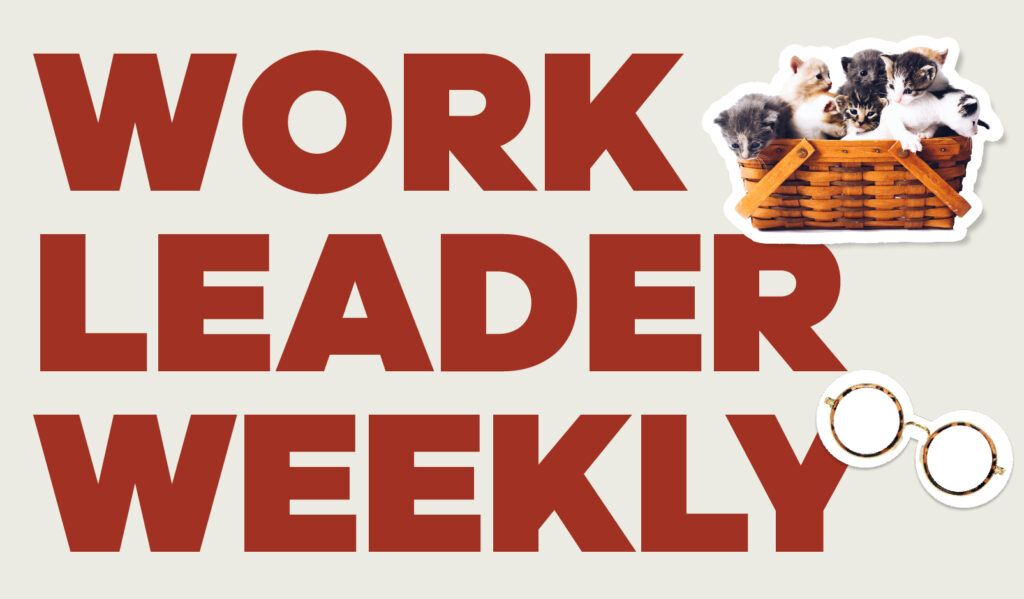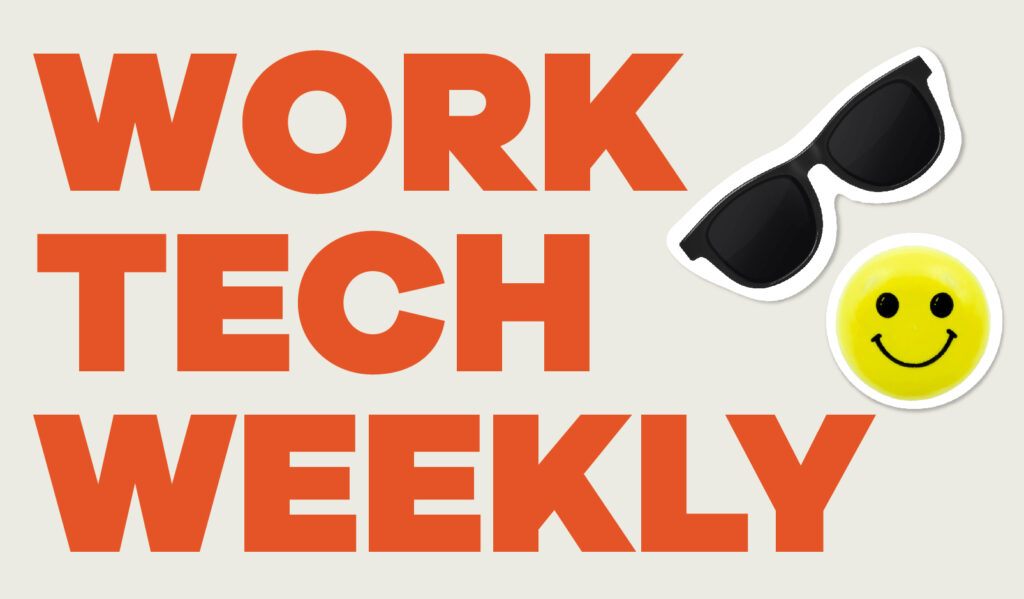Hello.
In this week’s newsletter, we have a new feature: A LinkedIn Poll of the Week. We have such a great audience of work leaders that we want to get your take on what’s happening in the world of work. Look for that in our story section today. We’ll be reporting the results in our next newsletter. We also cover what the NLRB says about severance agreements, why people are flocking to HR, and why tech bros are missing out.
Let’s jump into it.
What the data says about a four-day workweek
- Revenue rose by 35% over the trial period when compared to a similar period from previous years.
- Business performance and productivity both scored an average of 7.5/10 on two separate scales.
- The number of staff leaving fell by 57% over the trial period.
- 92% of organizations are continuing with a four-day week.
- 90% of employees said they definitely want to continue on a four-day week.
- 71% of employees had reduced levels of burnout by the end of the trial.
- 60% found an increased ability to combine paid work with care responsibilities.
LinkedIn Poll of the Week
Is your organization considering a four-day workweek?

That wouldn’t be easy.
While companies focused on eliminating unnecessary meetings, travel, and administrative work at a high level, employees ultimately figured out how to deliver more efficiently. “Fundamentally, if you give people this incredible incentive of a whole day of their time a week, they are going to work really hard to make it work,” said Simon Ursell, managing director for Tyler Grange, an environmental consultancy.
I am curious about how this will work long-term. The Starr Conspiracy is more than two years into our three-day weekend work pattern. The idea that you can push as much productivity in four days as you can in five seems unlikely in many environments, and while we’ve improved productivity in the four days we have in most weeks, I wouldn’t say we get five days of work done unless you go way back in time before we did much to optimize work.
In short, a four-day week isn’t a silver bullet for a better workplace.
What’s more likely is that four-day week firms don’t have to get into a compensation arms race to attract and retain talent, which could give them more stability and make up for any lost productivity or profitability. In any case, the willingness for a vast majority of firms to continue on this path is evidence enough that there’s value for all parties involved. And we finally have some data to point to as organizations ponder it.
Quick hits from around the web
What else is happening?
- Why more people want to work in HR now. A more strategic role brings a more attractive end point for highly capable workers. (Fast Company)
- Employers may not offer severance agreements requiring employees to broadly waive labor law rights. Check your severance agreements for possible issues with this one. (NLRB)
- What the most-productive companies do differently. Investment in intangible assets, digitization, and the workforce do wonders. (Harvard Business Review)
- Talent is the great antidote to uncertainty. Creating a compelling employee value proposition is more than just finding the right words. (BCG)
- Working from home caused a spatial shift in daytime population away from traditional job centers. Small businesses that were built to serve a commuter population are the ones really suffering. (U.S. Census Bureau)
- Home Depot puts $1B toward higher wages as the labor market stays tight. The retailer is also investing in CX and EX initiatives in-store. (Retail Dive)
- Despite corporate cost-cutting, HR tech startups say they’re more in demand than ever. This isn’t across the board, but some of these subsectors definitely track. (Sifted)
- How much of your HR tech is like Wordle, the Party Game? Dani Johnson from RedThread covers how tedious tech can be at work. (HR Executive)
- Layoffs spread, but some employers can’t hire fast enough. Retailers, hospitality, and healthcare are still struggling. (CNBC)
- Investments in technology positively affect the employee experience. Generally, yes. But a lot of the positivity comes from better productivity. (ZDNet)
- Employers with “tech bro” vibes may miss out on top talent. The easiest way to pay down your diversity debt is to not start with it in the first place. (HR Dive)
- Disney employees push back against return-to-office mandate. Over 2,000 employees signed the petition asking the entertainment giant to reconsider. (SHRM)
- Remote work hasn’t killed the office romance, but workplace affairs are still risky. “In relationships between co-workers, almost half are between managers and their direct reports.” 😬 (Financial Post)
Sega goes Sonic on their pay raises
Game developer Sega, best known for the Sonic game series and various gaming consoles, is giving its employees a substantial pay increase. How much? How about 30%:
Sega said it will “initiate revision to its compensation system to invest in human resources in order to further stabilize employee income and create a more comfortable working environment, as well as to further strengthen its global competitiveness.” This will be done by raising the base salary of all employees, as well as incorporating some of the annual bonus incentives into base salaries.
While major developers in the U.S. are laying off staff, Japanese companies like Capcom and Koei Tecmo are investing substantially in staff. It’ll be interesting to see how this affects the balance of power in game development going forward.

That’s it for this week!
Lance




